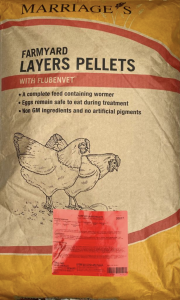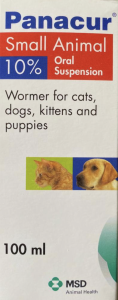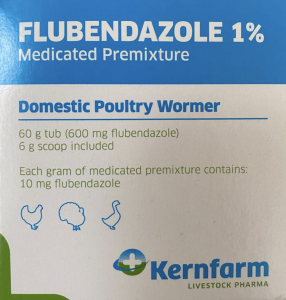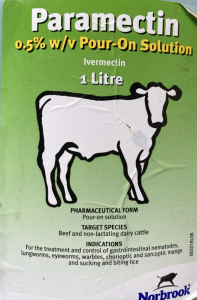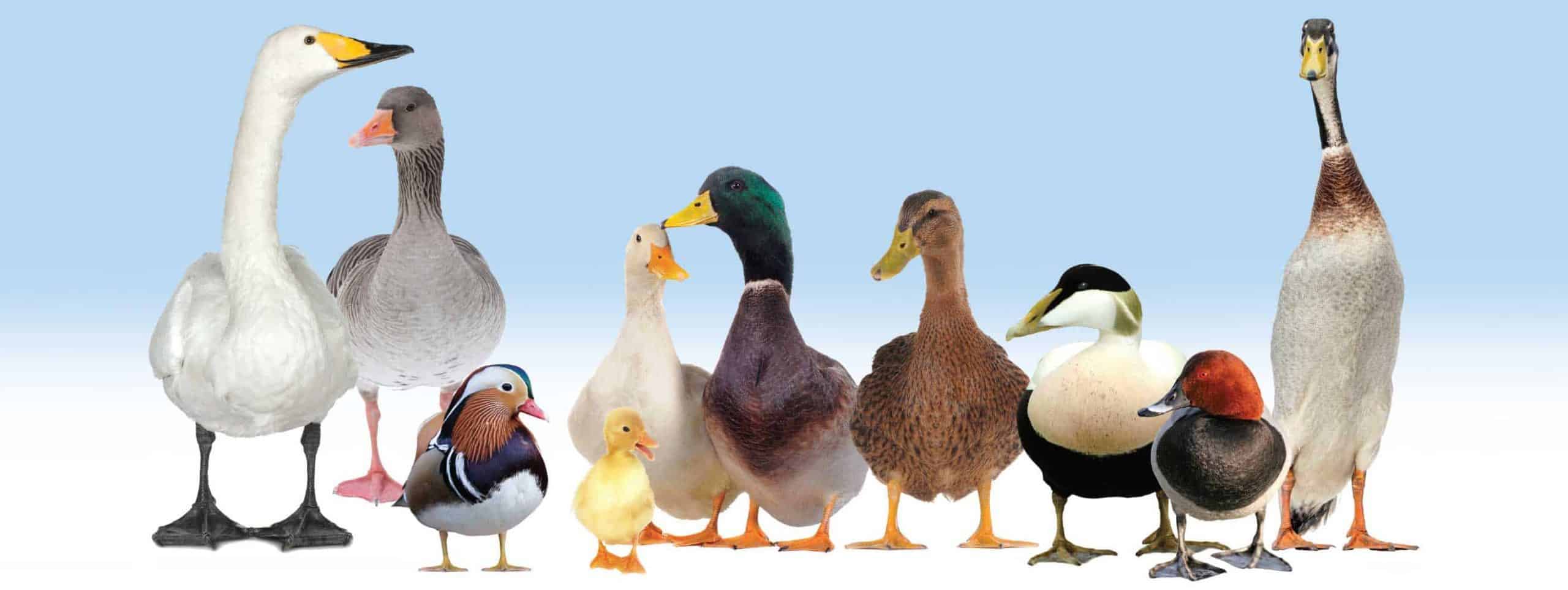Worming waterfowl - Is prevention better than cure?
With a change in the weather to warm and wet conditions now is the time to be observant for signs of worms in waterfowl.
August tends to be a month when many waterfowl breeders are growing young stock outside - and our bird numbers often peak before selection off in early Autumn.
Clinical signs of a high worm burden include weight loss, malaise, inactivity, poor feather condition, coughing and a lame/limping bird.
Using the same worming product can lead to resistance, so alternating can be helpful.
Frequency of worming is often dependent on how many birds you keep and your set up. The more space you have available the better, since rotating areas helps to minimise the worm burden. Sunshine also helps destroy worm eggs.
Not all products are licensed for poultry. The photos below illustrate a variety of products used by some waterfowl keepers.
